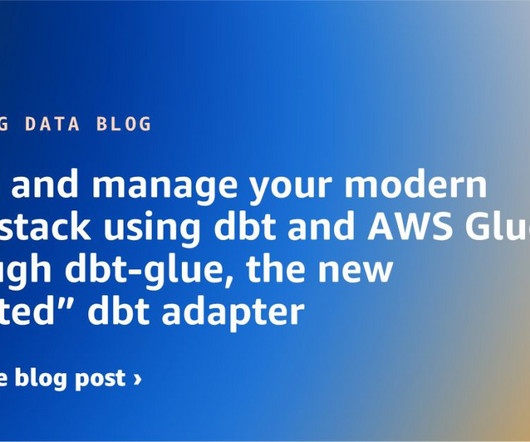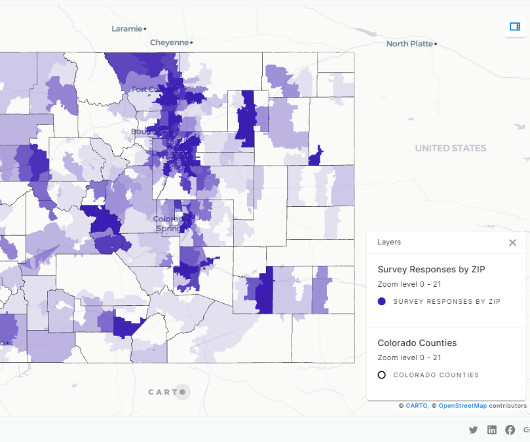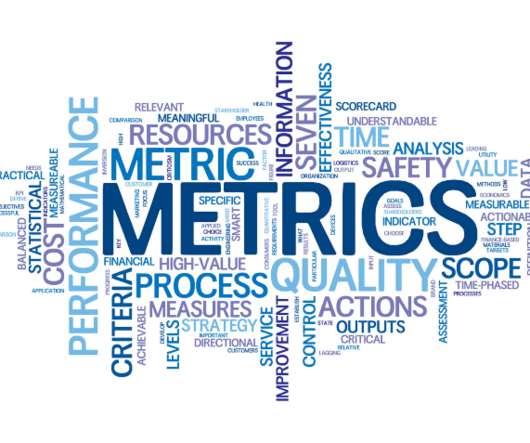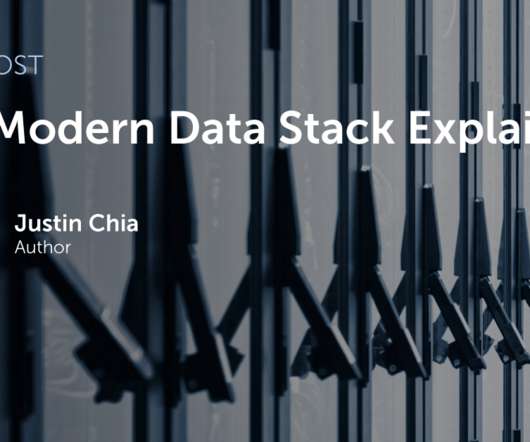Database vs. Data Warehouse: What’s the Difference?
Jet Global
MAY 28, 2019
So, when it comes to collecting, storing, and analyzing data, what is the right choice for your enterprise? The decision will come down to a database vs a data warehouse—but let’s start by explaining what each is and why they are used. All About That (Data)Base. Enter the Warehouse.



















Let's personalize your content